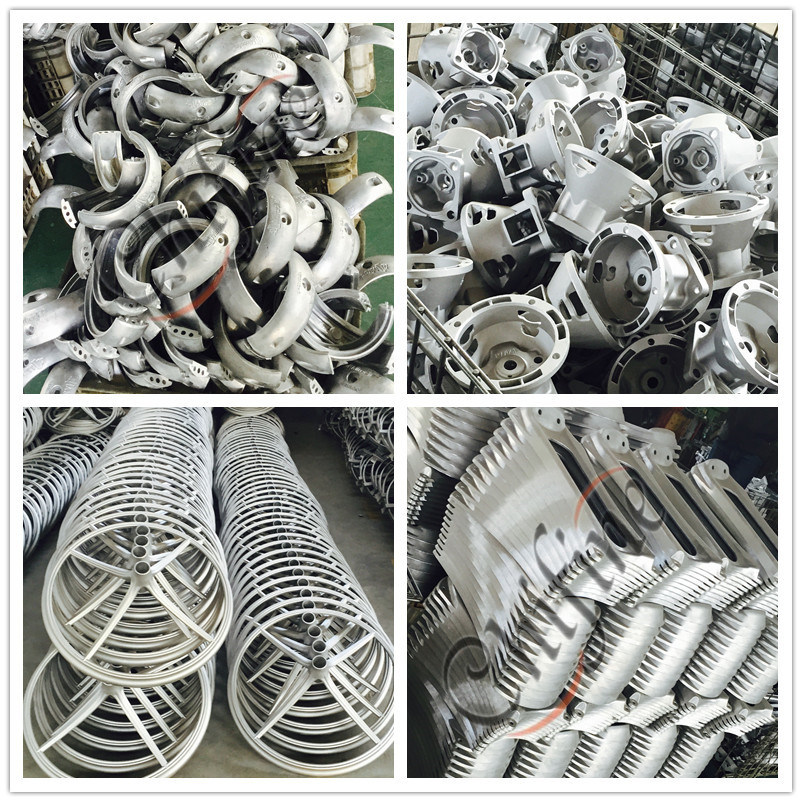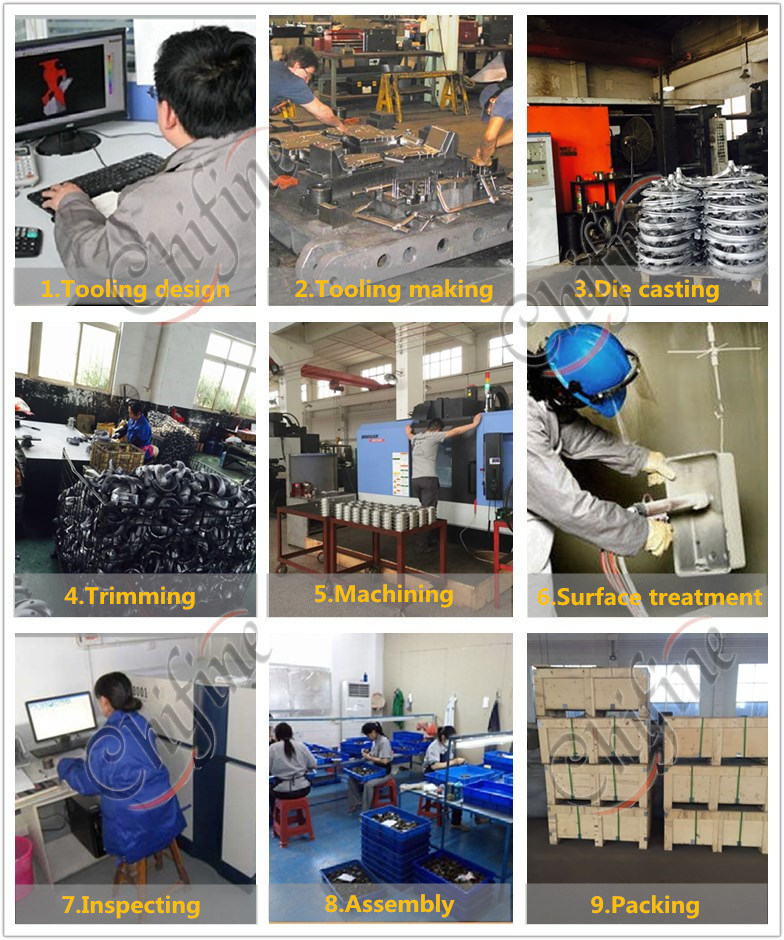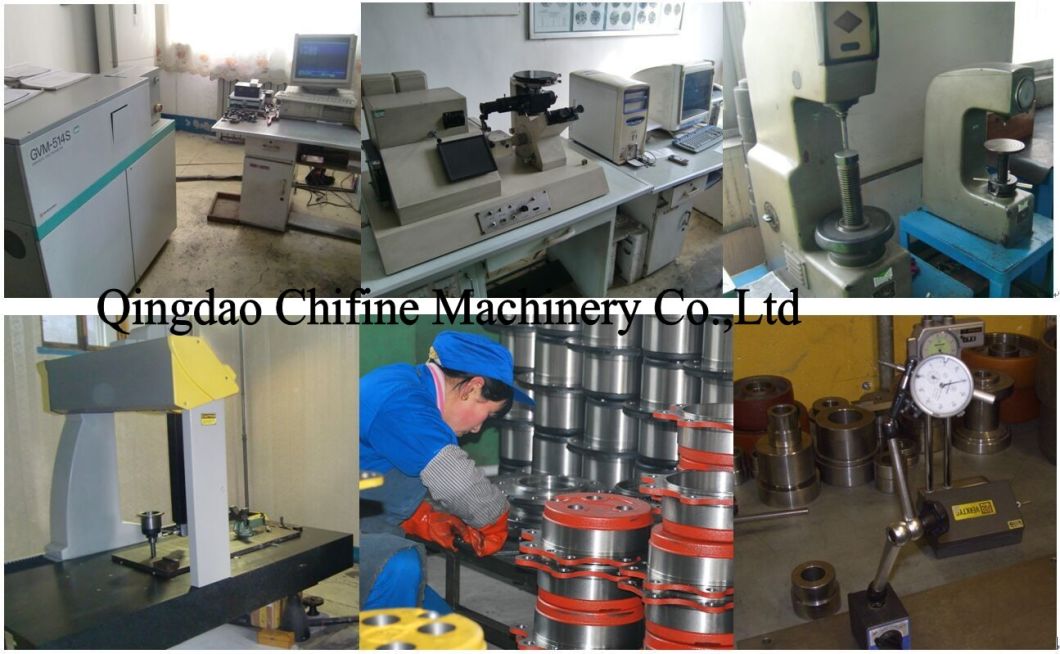Some carbon steel SAW electrodes may not consistently provide weld metal with required minimum strengths when postweld heat treatment (PWHT) is specified, and controlled alloying with Mn and Mo will achieve minimum tensile and maximum hardness limits although, with welds not subject to PWHT, Mn and Mo additions may at times be undesirable for adequate corrosion resistance. Carbon Steel Submerged Arc Welding Wire Carbon Steel Submerged Arc Welding Wire,Submerged Arc Welding Wire Changzhou Edaweld Trading Company Limited , https://www.edaweld.com
1. Our strong R&D and QC department can control the products to meet your strict requirement.
2. Different kinds of finish available, like anodized, power coating, painting, polishing, electrophoresis, plating. Etc.
3. Different dimensions according to the client's request
4. Can provide various sizes and packing according to specific requirements
5. We offer the engineer consultation to your design for production improvement and cost saving
6. Customized and tailored order are welcome
7. High quality and delivery in time
8. OEM
Advantages:
1). Verified ISO9001: 2008.
2). Own factory.
3). Die casting, sand casting, gravity casting.
4). Non-standard/standard/OEM/ODM/customized service provided.
5). High precision, tolerance can be within ± 0.02mm.
6). 9 years export experience.
Confidential service:
1) Your information is confidential.
2) Your drawings are confidential.
3) Your products are only for you.
Molding process----Gravity casting
Material: ---- Al alloy, zinc alloy, Standard: DIN ASTM
Industry involved---- Agricultural& Engineering& Automotive industry
Part Unit Weight range----0.01Kg~8kg
Wall thickness requirements----min 2mm
Manufacturer certification---- ISO9001 (2000)
We can supply products with follow test report:
Chemical composition report Tensile strength report
Key dimension checking report Full dimension report
Third part test report


Â
Name
 Â
Aluminium Die Casting Gravity Casting
Â
Certificate
Â
ISO9001
Â
Material
Â
A360, A380, A356, ADC12
Â
Heat Treatment
Â
T6 Heat Treatment
Â
Surface finish
Â
Sandblasting, painting, polishing
Â
Inspection instruments
Â
Sectrum analyzer & CMM
Â
Applied software
Â
Pro/E,Auto CAD,SolidWork ,CAXA, UG, CAD/CAM/CAE
Â
Â
Â
Â
Â
Â
Machining equipments
Â
-Gravity Casting machine -10 Sets
-Injection machine - 4 set
-Sand Core machine -10 Sets
-T6 heat treatment machine-2 sets
-Sand blasting machine-3 sets
-CNC -18 sets
-Milling machine - 30 sets.
-Drilling machine - 100 sets.
Â
Product range
Â
Auto parts, motor parts, pump partp parts, machinery parts
Â
Service
Â
OEM service available
Â
Product
Â
All kinds of aluminum casting(unit weight from 0.05kg to 20kg)
Â
Carbon steel welds exposed to wet hydrogen sulfide service are susceptible to cracking when the weld metal tensile strength and hardness are excessive. Whereas lower strength and softer weld deposits are resistant to wet H2S cracking, such welds may not have adequate tensile strength to satisfy design requirements. This paper provides background information on the subject of tensile strength and resistance to wet H2S cracking of carbon steel sub-merged arc welds obtained from reviewing industrial practices, applicable codes, technical society recommendations and technical literature.
A series of tests was conducted to determine the effect of postweld heat treatment on the strength and hardness of various types of carbon steel submerged arc weld metal. Test results showed that some commonly employed carbon steel submerged arc welding electrodes may not consistently provide weld metal of required minimum tensile strength when post-weld heat treatment is specified.
Further tests indicated that both minimum tensile and maximum hardness limits can be achieved by controlled alloying with both manganese and molybdenum. However, for welds not subject to any postweld heat treatment operation, these alloy additions are not needed to meet the tensile requirements and may at times be undesirable for adequate corrosion resistance.
This paper also discusses the need to modify the present classification system for carbon steel and low alloy submerged arc welding consumables.
Introduction
It seems appropriate that flux electrode combinations selected for sub-merged arc welds should produce weld metal properties that meet the minimum requirements of the base metal to be joined. In the case of pressure vessels fabricated for the petroleum and chemical process industries, tensile strength and corrosion resistance are of primary concern. Of major concern is corrosion in wet hydrogen sulfide environments. There are indications that attempts to achieve optimum tensile strength and corrosion resistance can create a conflict. While high strength weld deposits are more susceptible to wet H2S cracking than lower strength or softer welds, some of the soft weld deposits demanded by the corrosion engineer may not meet minimum tensile strength requirements demanded by the vessel designer.
This paper reviews existing industrial practices, applicable codes, technical society recommendations and other references addressing tensile strength and resistance to wet H2S cracking of carbon steel submerged arc welds. The review is augmented by a series of tests conducted to deter-mine how heat treatment influences these properties. This provided the possibility to better understand some of the welding variables, to optimize material selection and to recommend changes in existing industry standards and recommended practices.
Consumables for Submerged Arc Welding
Submerged arc welding electrodes and fluxes are usually classified on the basis of American Welding Society
Specifications AWS A5.171 and AWS A5.23.2 These documents include chemistry limits for various solid wire electrodes. To complete the designation for the submerged arc welding consumables, fluxes have been classified on the basis of minimum tensile strength and minimum notch ductility when employed in conjunction with specific Welding Wires.
This paper reviews existing industrial practices, applicable codes, technical society recommendations and other references addressing tensile strength and resistance to wet H2S cracking of carbon steel submerged arc welds. The review is augmented by a series of tests conducted to determine how heat treatment influences these properties. This provided the possibility to better understand some of the welding variables, to optimize material selection and to recommend changes in existing industry standards and recommended practices.
Consumables for Submerged Arc Welding
Submerged arc welding electrodes and fluxes are usually classified on the basis of American Welding Society
Specifications AWS A5.171 and AWS A5.23.2 These documents include chemistry limits for various solid wire electrodes. To complete the designation for the submerged arc welding consumables, fluxes have been classified on the basis of minimum tensile strength and minimum notch ductility when employed in conjunction with specific welding wires.
Tensile Strength vs. Corrosion Resistance
It is not the intention of this paper to evaluate or question whether the 200
BHN hardness limit provides optimum protection in a wet H2S environment. However, this paper does question whether the minimum specified tensile strength can be achieved in production without exceeding the chemistry limits recommended by the API and NACE documents.
A summary of many ASME procedure qualifications using double-welded joints shown in Fig. 1 B met both the minimum tensile strength of 70,000 psi (485 MPa) and the maximum hardness requirement of 200 BHN. When required to meet this minimum tensile strength, some fabricators selected EM12K wire electrode and neutral or near neutral flux for "as-welded" and "postweld heat treated" joints.
properties where the base material dilution contributes little to the de-posit chemistry, this paper has subdivided carbon steel fabrication into four basic "applications" (applications # 1 to # 4 in Table 2). These are grouped on the basis of minimum tensile strengths and postweld heat treatment requirements as shown in Table 2. Each of the four applications is reviewed in this paper with special emphasis on application # 4 for which little specific information could be located in the published literature.
Model NO.: CFM-217
Material Inspection Report: Material Inspection Report
Dimension Report: Dimension Report
Standard: ANSI
Certification: CE, ISO 9001:2008
Certificate: ISO9001
Tolerance: 0.02-0.1 mm
Weight: 0.5-100kg
Max Manufacture Ability: 150 Ton Each Month
Service: OEM and ODM
Origine: Qingdao
Delivery Time: 30 Days After Receiving The Payment
Manufacturer: Yes
Quality Control: Professional QC and Test Equipment
Export Market: Global
Trademark: Chifine
Transport Package: in Pallet or as Your Requirment
Specification: Gravity Casting
Origin: Jimo Qingdao
HS Code: 761699900
Why choose us: